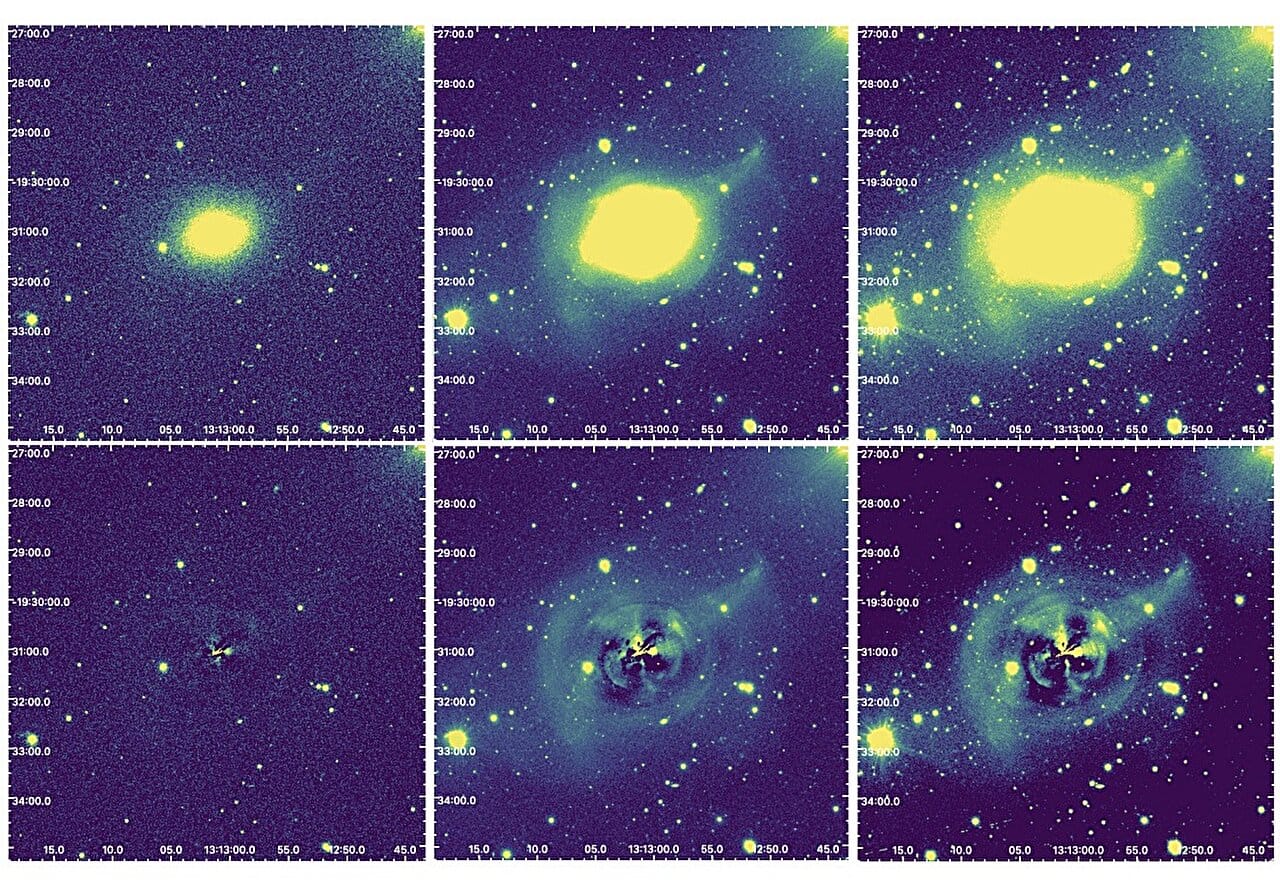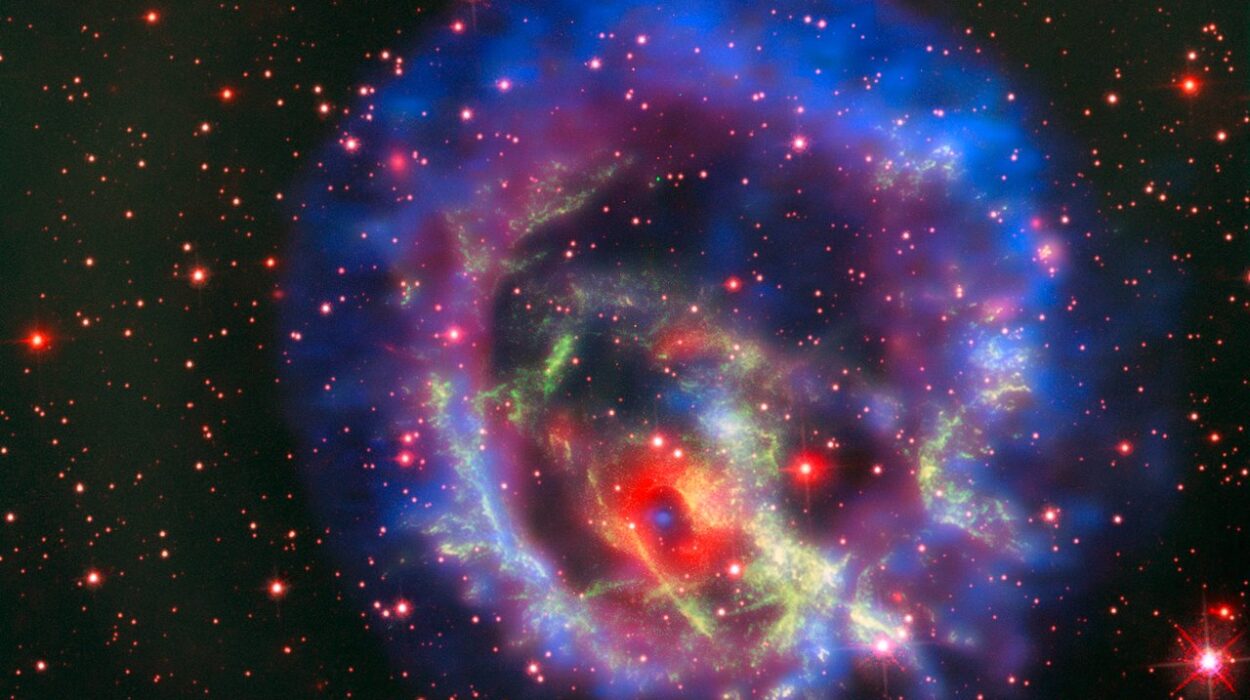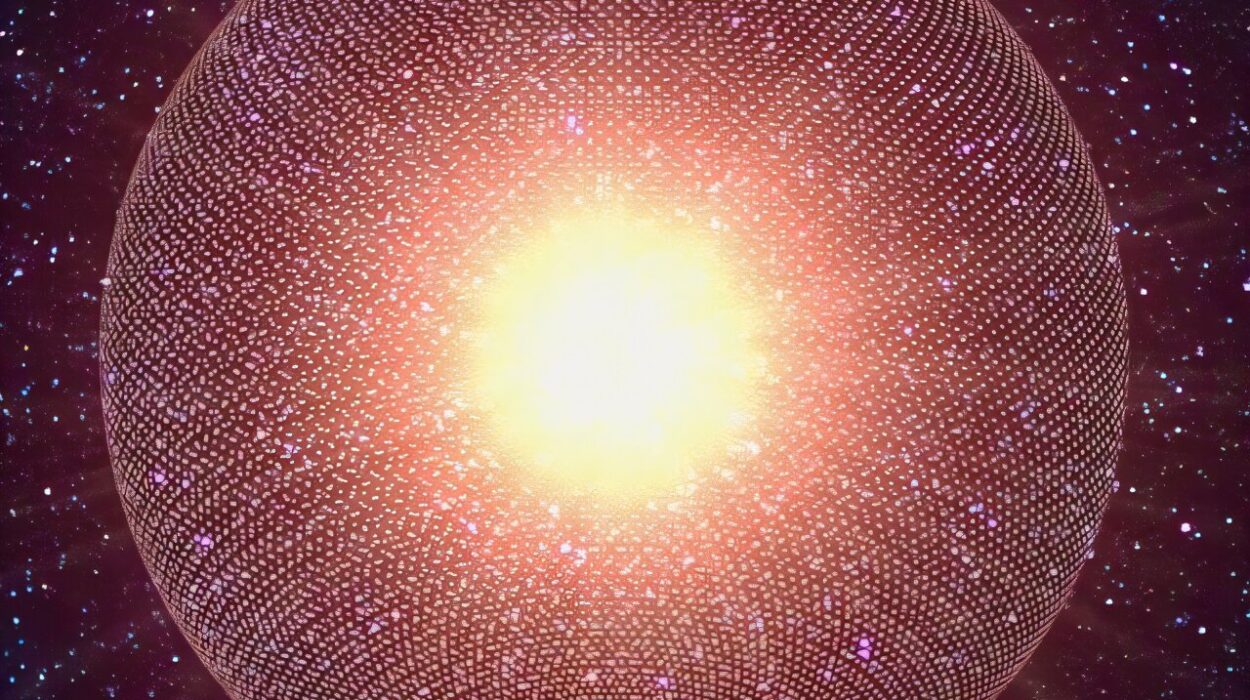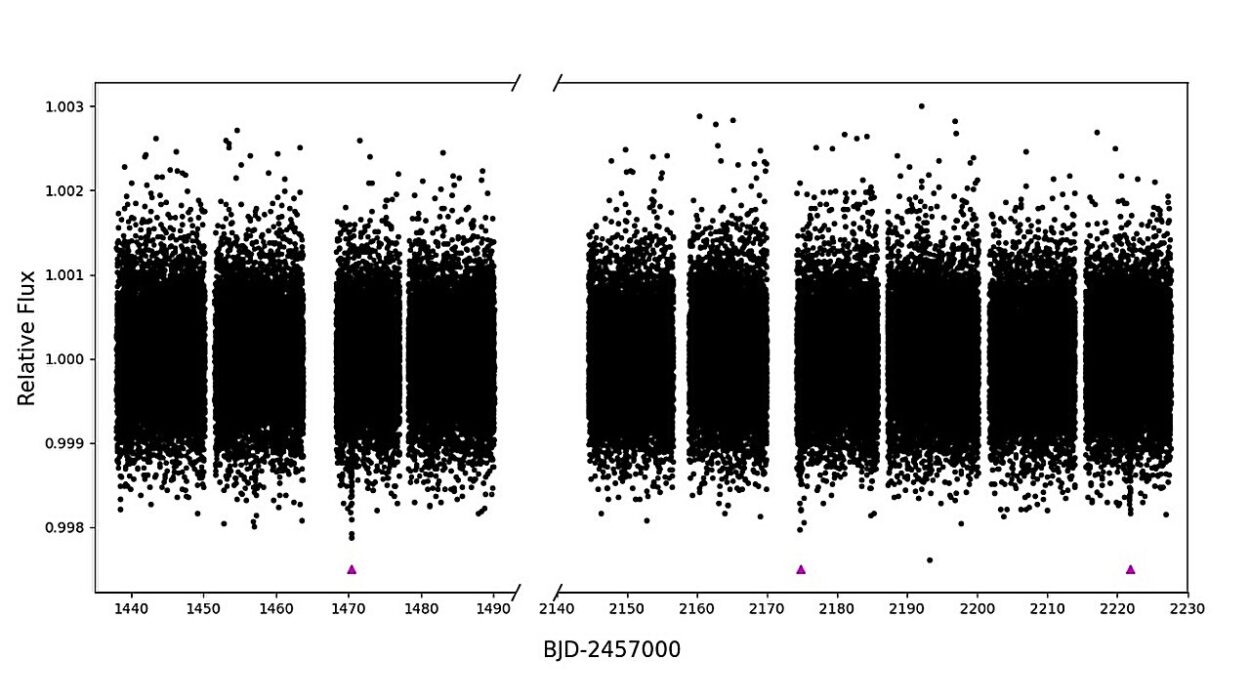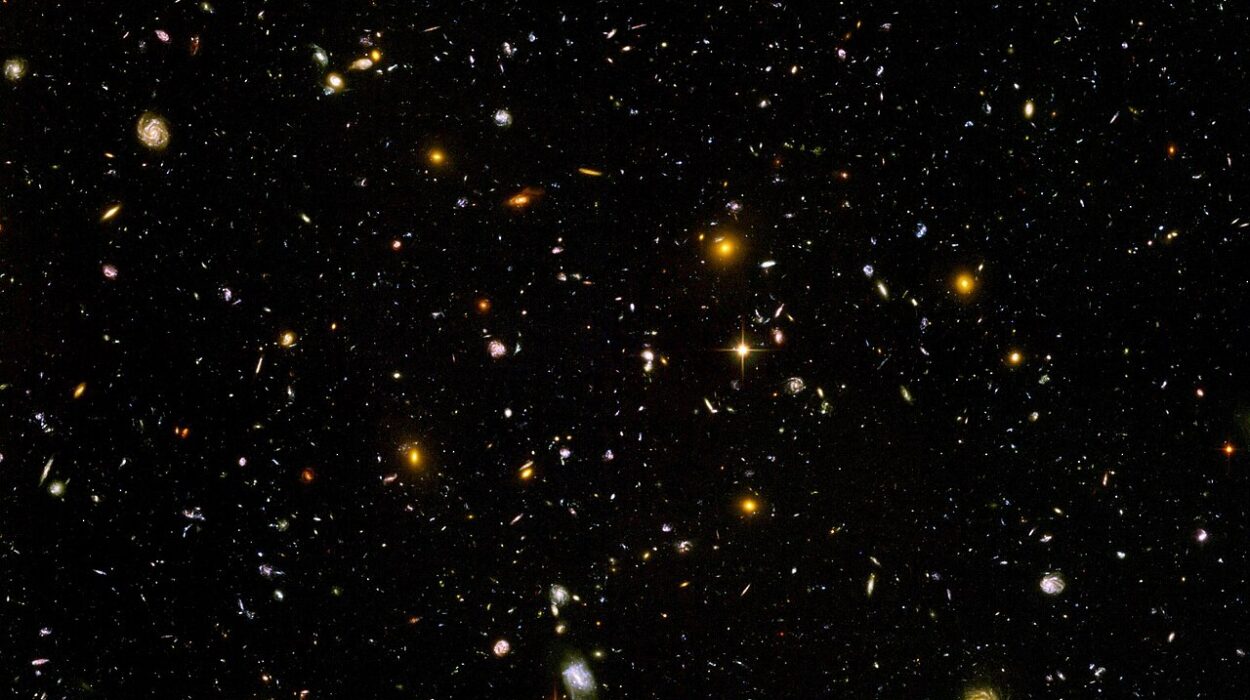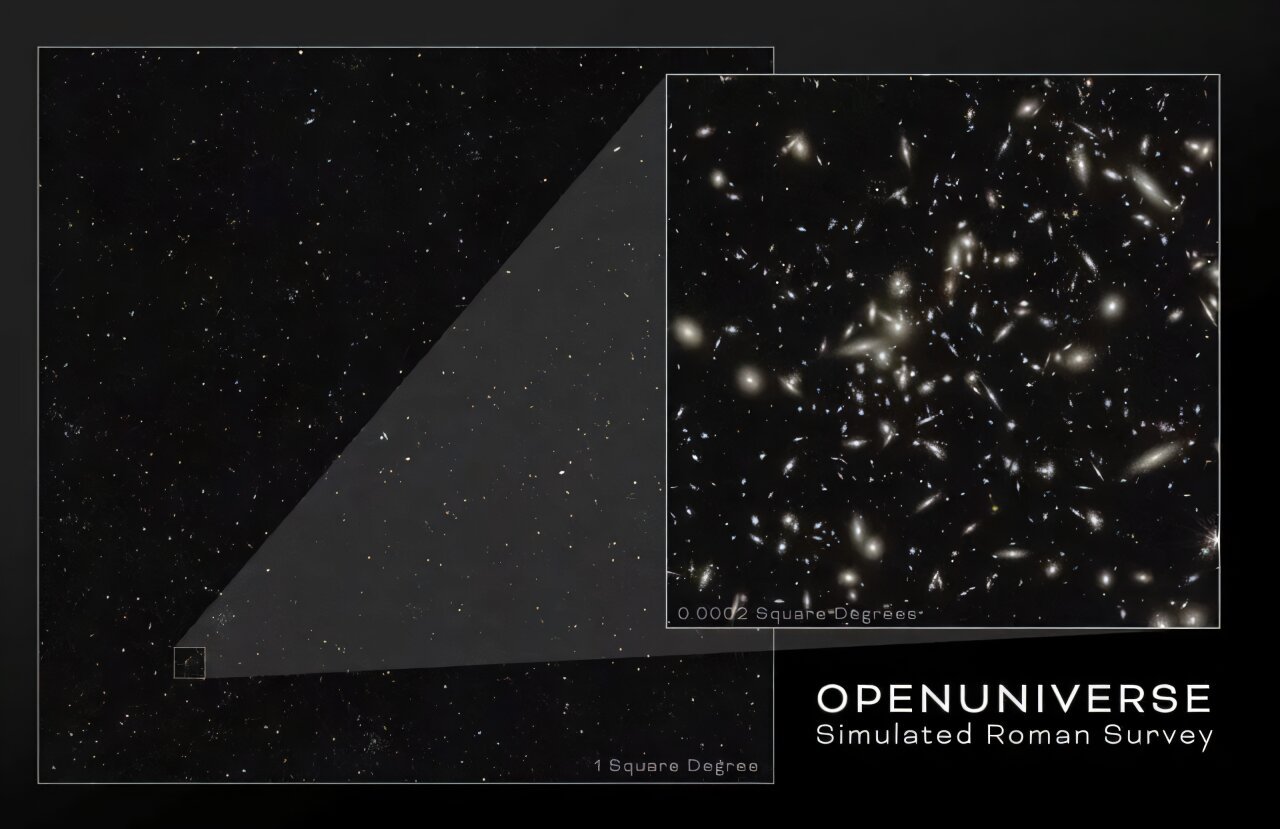Astronomers from Italy and Germany have recently used the VLT Survey Telescope (VST) to study the globular cluster (GC) system of the NGC 5018 galaxy group. Their findings, published on the pre-print server arXiv on December 23, provide essential insights into the distribution, age, and origin of the globular clusters within this group. The study marks a significant step in understanding the role of globular clusters in shaping early-type galaxies and their interactions within galaxy groups.
Globular clusters are dense, gravitationally bound collections of stars that orbit the central regions of galaxies. These clusters play a critical role in astrophysical research, as they offer a glimpse into the processes of star formation, galactic evolution, and the interactions between different stellar populations. By studying GCs, astronomers aim to unravel the complex histories of galaxies, including their formation and subsequent evolution. Because the origin of globular clusters is linked to bursts of intense star formation, they offer an effective tool for probing the early history of their host galaxies, particularly in terms of the timing and nature of such star-forming events.
The NGC 5018 galaxy group, the subject of this research, takes its name from NGC 5018, a giant elliptical galaxy located approximately 132.5 million light-years away in the constellation of Virgo. NGC 5018 stands as the brightest galaxy in the group, surrounded by a number of other notable galaxies, including NGC 5022, an edge-on spiral galaxy, and NGC 5006, a face-on spiral galaxy. The group also contains lenticular galaxies MCG-03-34-013 and PGC 140148.
Globular clusters are known to come in two distinct populations in many galaxies: a younger population and an older one. Previous studies of NGC 5018 have shown that its globular cluster population can be split into two sub-populations: a smaller group of younger clusters, which range from several hundred million years to about six billion years old, and a much larger group of older clusters. These two sub-populations not only vary in age but also in their composition and distribution within the galaxy.
A key feature of the new study, led by Pratik Lonare from the Abruzzo Astronomical Observatory in Teramo, Italy, was to expand the investigation beyond NGC 5018 itself, looking at the entire galaxy group. The researchers used the deep, multi-passband imaging provided by the VST, which is part of the VST Elliptical Galaxy Survey (VEGAS). This wide-field imaging allowed the team to systematically analyze the globular cluster system of the galaxy group, providing new data on the structure and composition of the globular clusters in the region.
One of the critical discoveries of this study was the identification of an intra-group globular cluster (GC) population within the NGC 5018 galaxy group. The analysis revealed a noticeable concentration of GC candidates in NGC 5018, with much fewer clusters detected in the other group galaxies. This finding suggests that a significant fraction of the globular clusters in the region are associated with NGC 5018 itself, with very little to no such overdensity observed around the other galaxies.
When the researchers looked at the radial distribution of GC candidates in NGC 5018, they found that it closely followed the surface brightness profile of the galaxy, indicating a relatively uniform distribution of the globular clusters around the galaxy’s core. The color distribution of the GC candidates was also notable: the main peak of the color profile was found to be approximately 0.75 magnitudes, suggesting the dominance of older, red globular clusters, which are typical of older stellar populations.
The intra-group globular clusters were found to extend beyond the galactic boundaries of NGC 5018, aligning along the positions of the other bright galaxies in the group. This extended distribution echoes the geometry of intra-group light (IGL) observed in the region. The IGL represents the diffuse light emitted by stars in a galaxy group that do not belong to any single galaxy but instead shine from stars scattered across the intergalactic medium, often as a result of tidal interactions between galaxies. This extended distribution of GC candidates mirrors the distribution of IGL, suggesting a strong connection between the two phenomena.
When the astronomers analyzed the color profiles of the intra-group GC candidates, they observed the presence of two distinct populations: one with a blue peak at around 0.45 magnitudes and another with a red peak at 0.80 magnitudes. The blue GC component was found to be more spatially extended, with its population distributed further from NGC 5018 compared to the red clusters, which were more concentrated around the galaxy’s central regions. This is an interesting finding, as it suggests that some of the blue globular clusters in the intra-group space may have originally belonged to NGC 5018 and were subsequently displaced due to tidal interactions with neighboring galaxies.
The study concluded that the blue globular clusters in the intra-group space could have been “stripped” from NGC 5018 as a result of these gravitational interactions, an effect that has been observed in other galaxy groups with strong tidal forces. The interaction between galaxies in a group can lead to the exchange of material, with some globular clusters being ejected into the space between galaxies. This dispersal of blue GCs suggests that the interactions between NGC 5018 and its neighboring galaxies have played a critical role in shaping the observed globular cluster population in the group.
Overall, the team estimates that there are roughly 4,000 globular cluster candidates in the entire NGC 5018 galaxy group, with about 485 of these belonging to NGC 5018 itself. These numbers provide a deeper understanding of the scale and complexity of the GC system within this galaxy group and will help refine models of galaxy interactions and cluster formation in the context of galaxy groups.
This study highlights the value of the VLT Survey Telescope’s deep, wide-field observations and their ability to capture the details of galaxy systems across great distances. By analyzing the globular cluster systems of galaxy groups like NGC 5018, astronomers are not only learning about the history and evolution of individual galaxies but also gaining insights into the broader processes that shape galaxy groups and their constituent galaxies. These observations add to our understanding of galactic dynamics and help to refine models of galaxy formation and evolution in the universe.
Reference: Pratik Lonare et al, VEGAS-SSS: An intra-group component in the globular cluster system of NGC 5018 group of galaxies using VST data, arXiv (2024). DOI: 10.48550/arxiv.2412.18015
